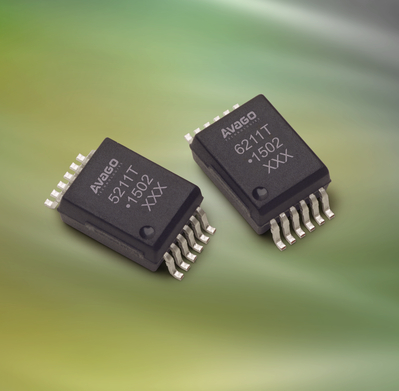Any technology that has the potential to cause harm or be a danger should have safeguards and safeties to assure foreseen failure modes don’t threaten life, limb and property. This should be an underlying given when any product is designed, but unfortunately, that is not always the case.
Take older toasters, for example. Common sense would have a switch that cuts off power to the heating elements if the pop-up mechanism fails to reach the top. Instead, the toast burns, the smoke bellows and the possibility of fire looms over every distracted breakfast preparation. Modern versions can use a microcontroller as a safety measure to prevent this occurrence, and the widespread use of low-cost microcontroller technology has made it possible for all tools, appliances and devices to provide higher-level functionality in addition to safety.
Cars have dramatically increased in complexity, and in automotive applications – perhaps more than any other technology, underlying safeties and safeguards are interwoven within a multiprocessor environment. And these safeguards are extra-important when high-voltage and low-voltage systems are in close proximity along with explosive liquids, gases and control systems.
With so much riding on the reliable operations of embedded automotive microcontrollers and all of their associated peripherals and communications links, it is imperative that crucial protections be engineered in to protect the heart of operations for systems or subsystems.
The cumulative history and knowledge base from generations of car makers has yielded safety standards and practices that help assure certain quality and safety baselines are adhered to. Electrical isolation is one of the best techniques we have to protect one end while the other end is exposed to dangerous or damaging conditions.
Opto-isolation is one of those techniques that allows potentially sensitive microcontroller and peripheral I/O lines to be protected from faults and failures in boards or systems to which they interface. Both sides can be truly isolated from one another while still passing high-speed data and information back and forth (links are typically unidirectional). And, with serial data links like CAN and Ethernet, opto-isolation is the perfect solution for small-sized, reliable and low-cost interfacing, as long as they can be manufactured to comply with automotive safety standards.
In these instances, automotive opto-isolators like the new ACFL-521xT and ACFL621xT dual automotive opto-couplers from Avago shine. Both conform to AEC-Q100 Grade 1 qualifications which cover failure mechanisms based on stress-test qualifications for ICs. Grade 1 rates components to operate from -40 °C to +125 °C, which should be more than adequate for even inner-cab electronics.
The ACFL-521xT is designed to use low power, provides data rates up to 1 Mbits/sec and is suitable for CAN, while the ACFL621xT provides data rates up to 15 Mbits/sec, and is suitable for 10 Mbit/sec Ethernet. Both orient the dual opto-isolators 180 degrees apart. This allows bidirectional communications while maintaining an isolation barrier on the PC board.
Both are also certified to UL1577 Viso standards, which place 5 KV across the isolator for a minute and VIORM peaks to 1,140 KV, covering the newer reinforced insulation technologies that these parts take advantage of.
These parts were recently showcased at the PCIM Europe show in May. Samples and evaluation boards are available from Avago.
 Figure 1: Using reinforced isolation technology, these two new dual automotive opto-isolators are internally oriented to provide a PCB isolation barrier for bidirectional communications. (Source: Avago Technologies)
Figure 1: Using reinforced isolation technology, these two new dual automotive opto-isolators are internally oriented to provide a PCB isolation barrier for bidirectional communications. (Source: Avago Technologies)
Advertisement
Learn more about Avago Technologies





